5 Considerations Before Buying New Cabinets
Buying new cabinets is a significant investment that can transform the functionality and aesthetics of your space. Before making this important decision, it's crucial to understand the key considerations that should guide your purchase. This article will explore the various factors you need to evaluate to ensure you make an informed choice that aligns with your needs and budget.
1. Assessing Your Storage Needs
1.1 Evaluating Current Storage Capacity
Understanding your current storage capacity is the first step in determining your cabinet needs. Start by surveying your existing cabinetry to identify areas of improvement. Consider what items you currently store and how efficiently they fit the space. By evaluating your current setup, you can pinpoint which aspects require expansion or reorganization. This assessment will serve as a foundation for choosing new cabinets that better meet your requirements.
1.2 Anticipating Future Storage Demands
Thinking ahead to future storage needs is equally important as evaluating current capacity. Changes in family size or lifestyle may create additional demands on your space. For instance, new hobbies or interests often include items that need storage. By forecasting these potential changes, you can purchase cabinets that accommodate evolving demands rather than upgrading again in a short time. Forward-thinking can save you time, stress, and money in the long run.
1.3 Understanding Storage Requirements
Different rooms in your home have unique storage needs, which should influence your cabinet choices. Kitchen cabinets, for example, must efficiently store dishes, cookware, and perishables, while bathroom cabinets prioritize toiletries and linens. Consider how specific items, such as cleaning supplies or pantry staples, might be better organized with specialized cabinetry. Rooms with dual functions, like a combined dining and living area, may also require versatile storage solutions. Tailoring your cabinet purchase to these room-specific demands ensures optimal functionality and organization.
2. Determining Your Budget
2.1 Setting a Realistic Budget
Setting a realistic budget range is crucial to prevent overspending on your cabinet purchase. Start by assessing your financial situation and deciding what you can comfortably afford without compromising other needs. Consider all potential costs, including the cabinets themselves, hardware, and installation fees. By understanding your limits, you avoid falling into the trap of selecting options that might derail your financial plans. A well-defined budget becomes a guiding principle throughout your purchase journey.
2.2 Exploring Financing Options
For homeowners who wish to expand their purchasing power, exploring financing options can provide flexibility. Many cabinet retailers offer finance plans or partnerships with third-party lenders, which allow for spreading payments over time. Evaluate interest rates, repayment terms, and any additional financial commitments involved with these plans. Understanding these options can empower you to purchase higher-quality cabinets that fit your long-term goals without breaking your immediate budget. This step requires careful consideration to ensure it’s truly beneficial.
2.3 Balancing Quality and Cost
While it might be tempting to prioritize cost savings, balancing quality with expense is crucial for lasting satisfaction. Lower-priced options may save money upfront, but often come with compromises in durability and function. Conversely, higher-quality cabinets tend to offer improved materials and craftsmanship, increasing their lifespan and reducing future repair needs. Standard cabinet widths, according to The Spruce, such as 12, 18, 24, 30, 33, 36, and 48 inches, allow for various quality and pricing options. Balancing cost and quality ensures you receive the best return on your investment.
3. Selecting the Right Material
3.1 Choosing Popular Cabinet Materials
Understanding the variety of materials available for cabinetry can significantly influence your decision. Options commonly include wood, laminate, thermofoil, and stainless steel, each offering distinct advantages. Wood, for example, is prized for its natural beauty and durability, while laminate offers cost-effectiveness and easy cleaning. Thermofoil provides sleek aesthetics, and stainless steel is beneficial for modern, industrial looks. Each material has specific characteristics, influencing both performance and price range.
3.2 Understanding Durability and Maintenance
Examining the durability and maintenance needs of cabinet materials is essential in making a lasting impression in your home. Some materials, like solid wood, may require regular sealing and cleaning to preserve their appearance. Others, such as metal or laminate, are often easier to maintain and are resistant to wear and tear. Choose materials that match your lifestyle and willingness to perform upkeep tasks. This consideration ensures your cabinets remain in good condition for an extended period.
3.3 Evaluating Environmental Considerations
Environmental impact is an increasing concern for many homeowners when choosing new cabinets. Seek materials that are sustainably sourced or certified by environmental organizations to minimize ecological effects. Consider options that use low-VOC finishes or recycled content for a greener home. Material choice could also influence your home's energy efficiency through better insulation properties. By factoring in these environmental considerations, you are not only contributing to a healthier planet but also potentially enhancing your home’s environmental friendliness.
4. Design and Style Considerations
4.1 Identifying Your Aesthetic Preferences
Identifying your aesthetic preferences is a foundational step in selecting cabinets that appeal to your taste. Begin by exploring various design styles, such as traditional, contemporary, rustic, or minimalist, to see what resonates with you. Consider how the cabinet style complements other design elements in your home. Evaluate sample materials and finishes to determine what meets your standards in both function and appearance. This process helps ensure you choose cabinets that enhance your personal style and create a cohesive feel in your space.
4.2 Harmonizing with Existing Decor
Ensuring new cabinets harmonize with existing decor is key in maintaining a consistent aesthetic flow throughout your home. Examine current colors, textures, and patterns to select cabinets that blend seamlessly with these elements. Pay attention to details like hardware and finishes that might influence the overall design outcome. Maintaining visual consistency with existing decor can enhance your space's sophistication and add value to your property. The goal is to create a unified and pleasing environment rather than a disjointed one.
4.3 Understanding Current Trends
Staying informed about current trends in cabinet design can offer inspiration for your project. Popular trends include flat-panel doors, mixed materials like wood combined with metal, and integrated lighting within cabinetry. Consider how incorporating these features can add modern appeal and functionality to your home. Remember, while trends can guide your choice, it's important to choose styles that complement your long-term preferences. Balancing trendiness with timelessness can boost both your home’s aesthetic and its market appeal.
5. Installation Process and Considerations
5.1 Preparing Your Space for Installation
Proper preparation of your space ensures a smooth and efficient installation process. Clear the area of any obstructions and assess whether structural modifications are necessary before work begins. Checking for plumbing, electrical fixtures, or ventilation concerns helps avoid unexpected issues during installation. Ensure all materials are ready and accessible for the installers to prevent delays. This groundwork sets the stage for a smooth installation experience, minimizing disruptions in your home.
5.2 Timeline for Cabinet Installation
Considering the timeline for cabinet installation helps manage expectations and plan accordingly. Lead times can vary based on whether you choose custom or pre-fabricated cabinets, with the former often taking longer due to their tailored nature. Factor in time for any prerequisite work, such as painting or electrical adjustments, to avoid clashes. An organized schedule accommodates your daily life, helping reduce inconvenience for your household. Effective timeline management supports a harmonious cabinet installation process.
Choosing new cabinets requires careful thought and planning. By considering the factors outlined in this article, you can confidently select cabinets that meet your storage needs, fit your budget, and enhance your home's design. Remember, investing time in research and understanding your options can lead to a purchase you will appreciate for years to come. Are you considering new cabinets for your space? Reach out to Fair Marble LLC to learn more about how we can transform your home's look.

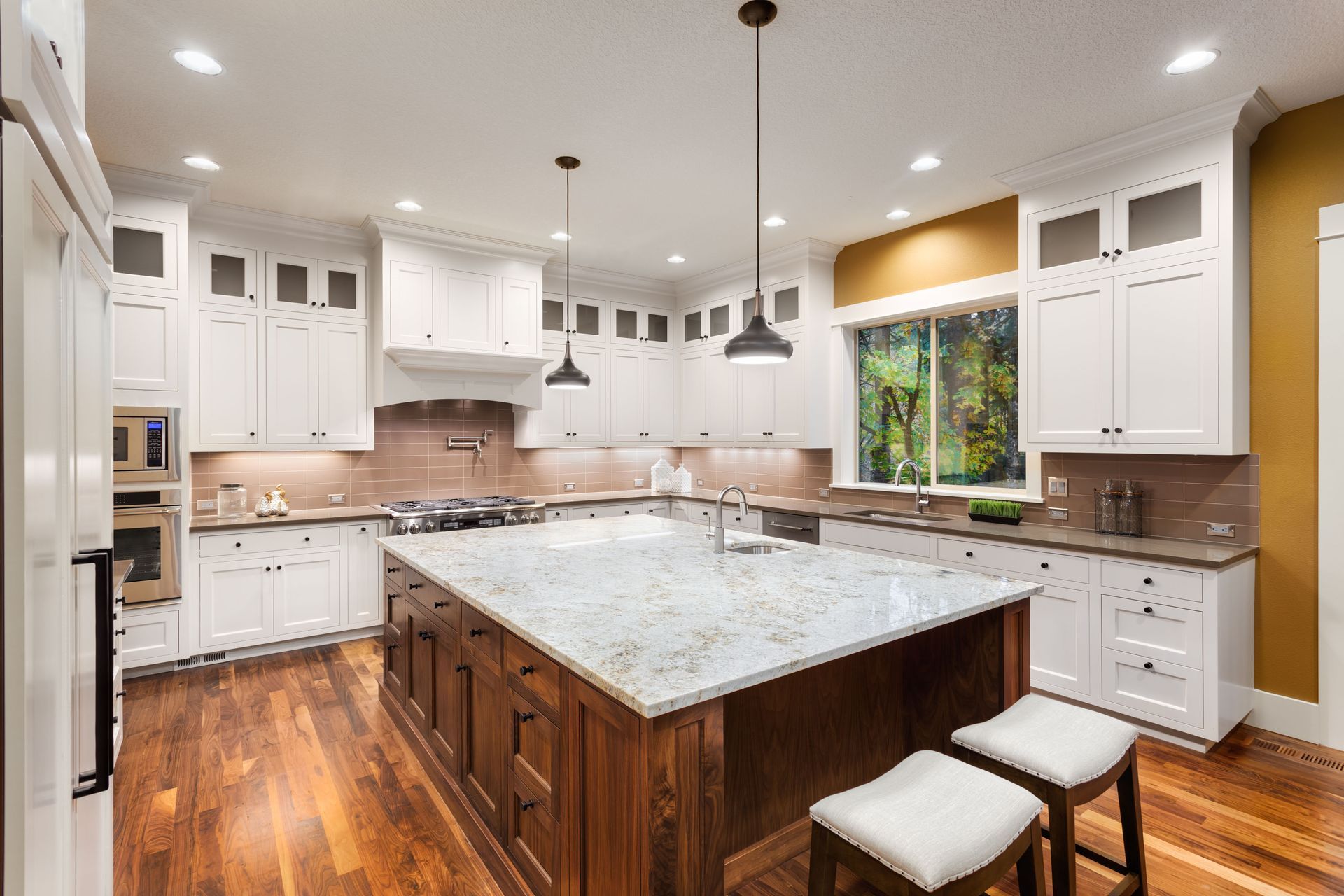
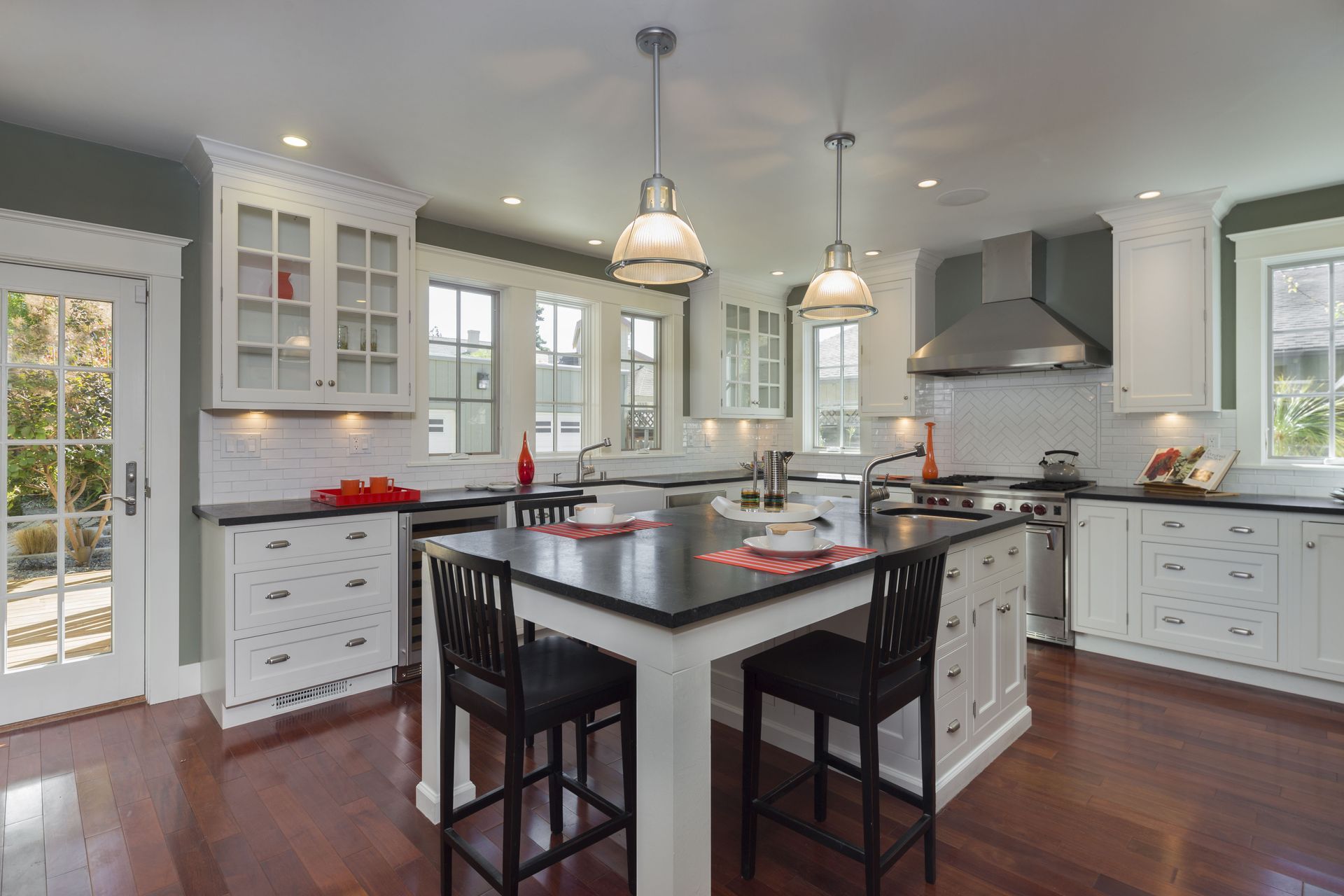
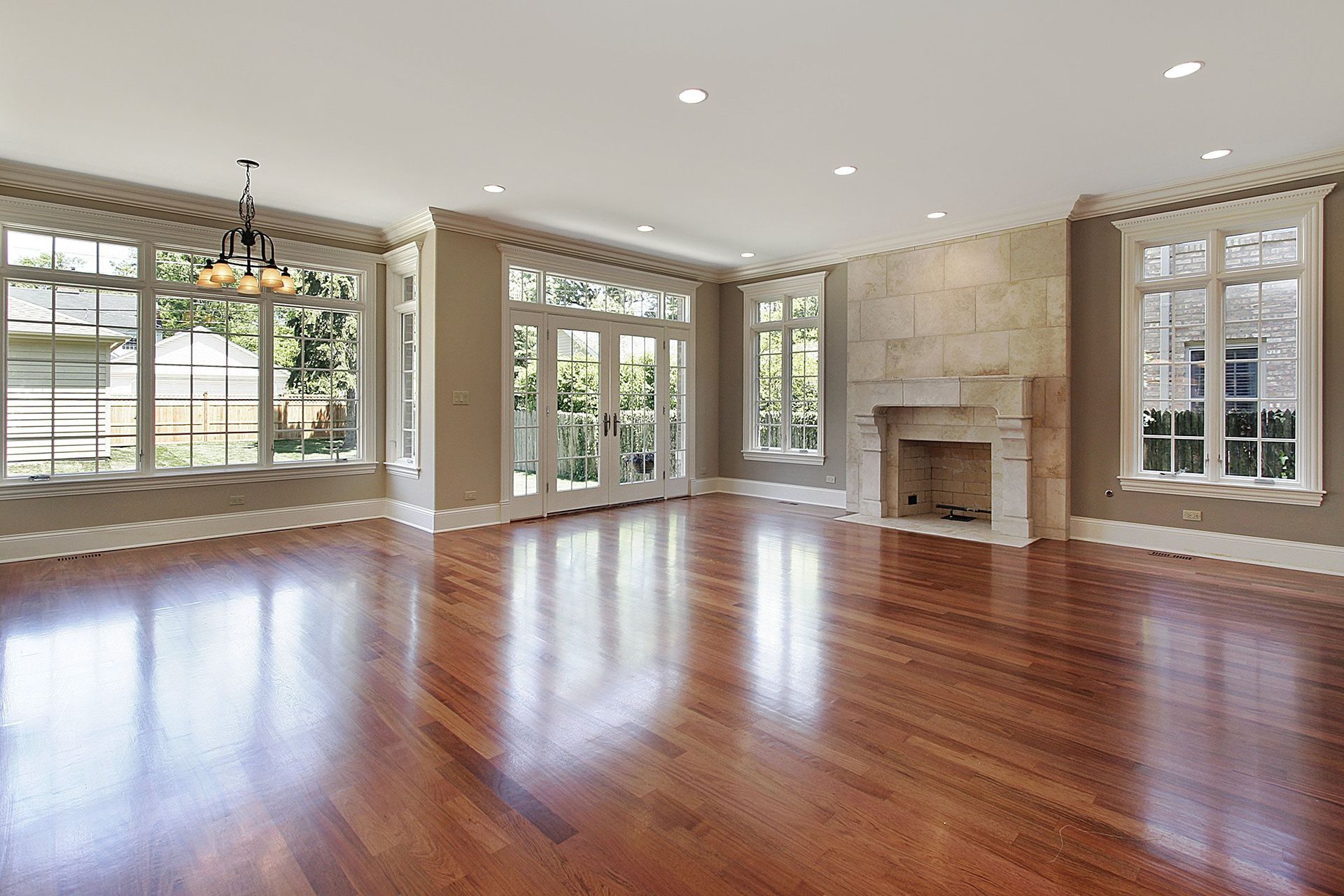
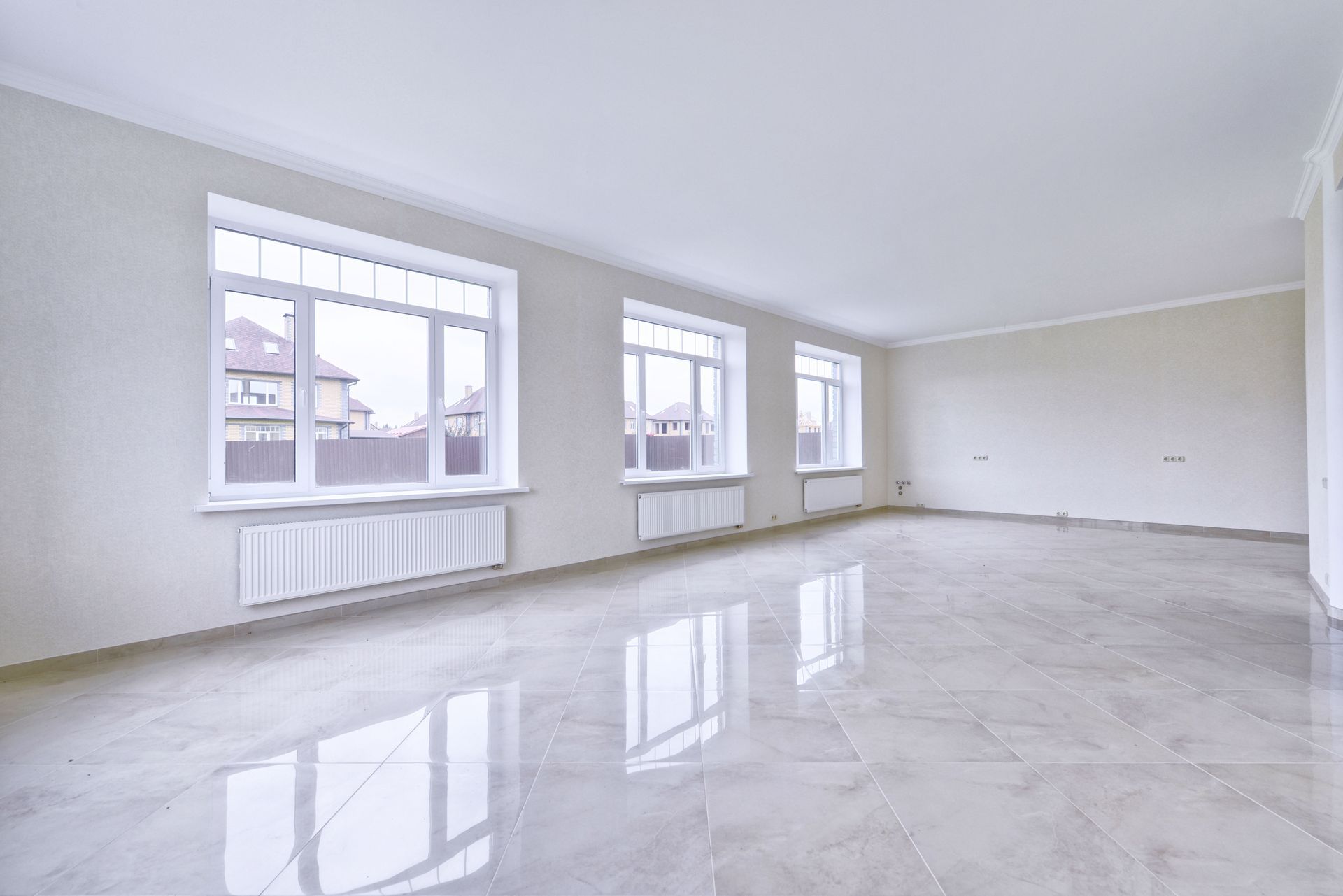
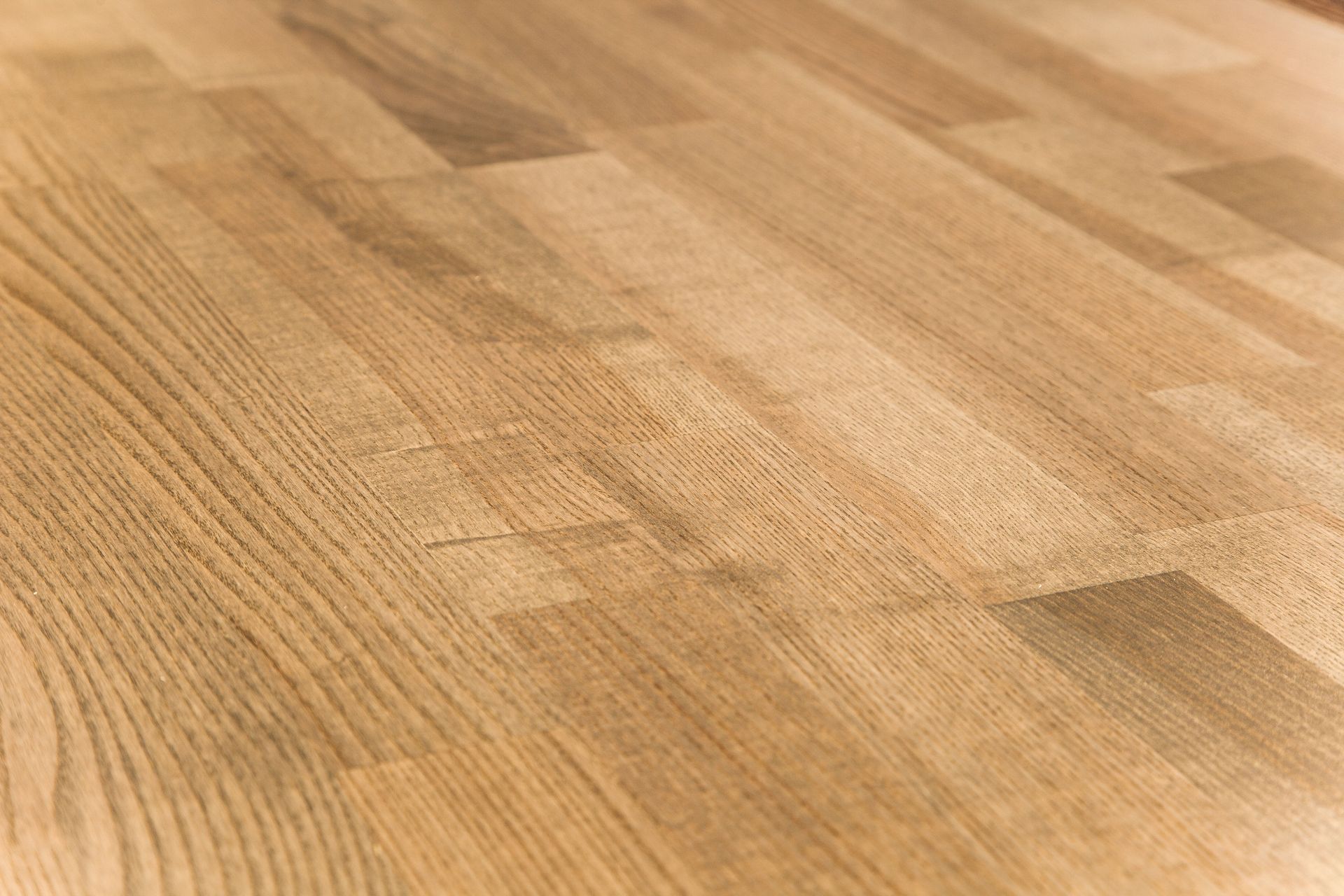
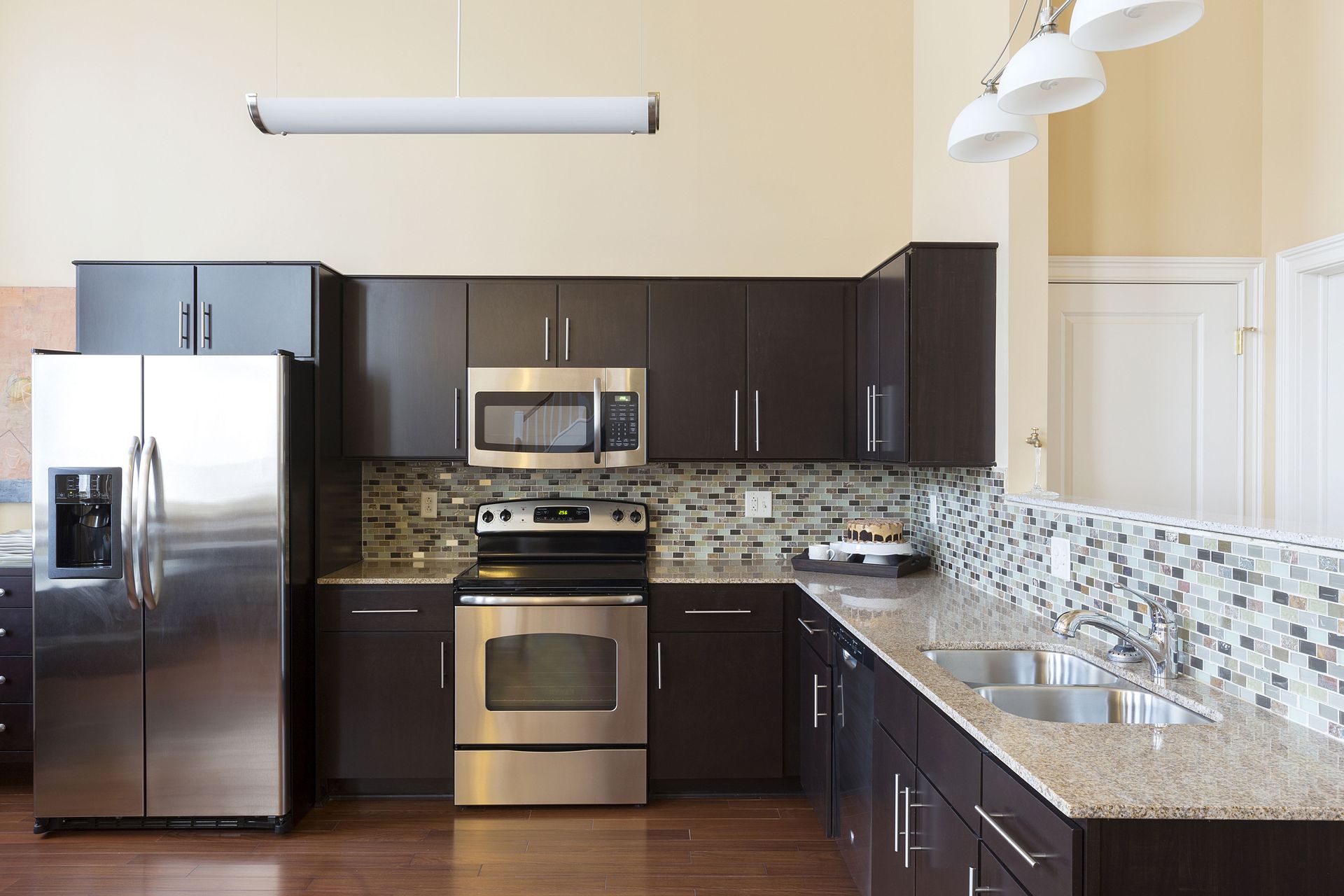
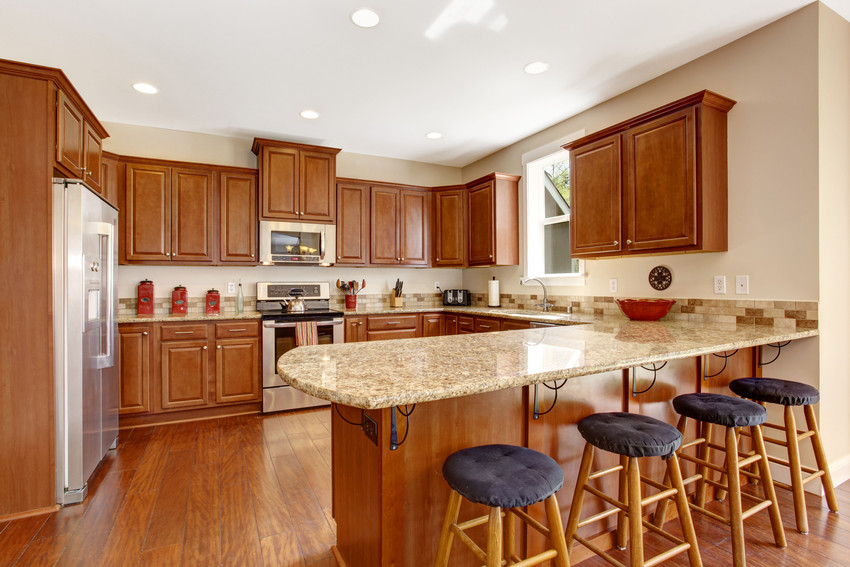
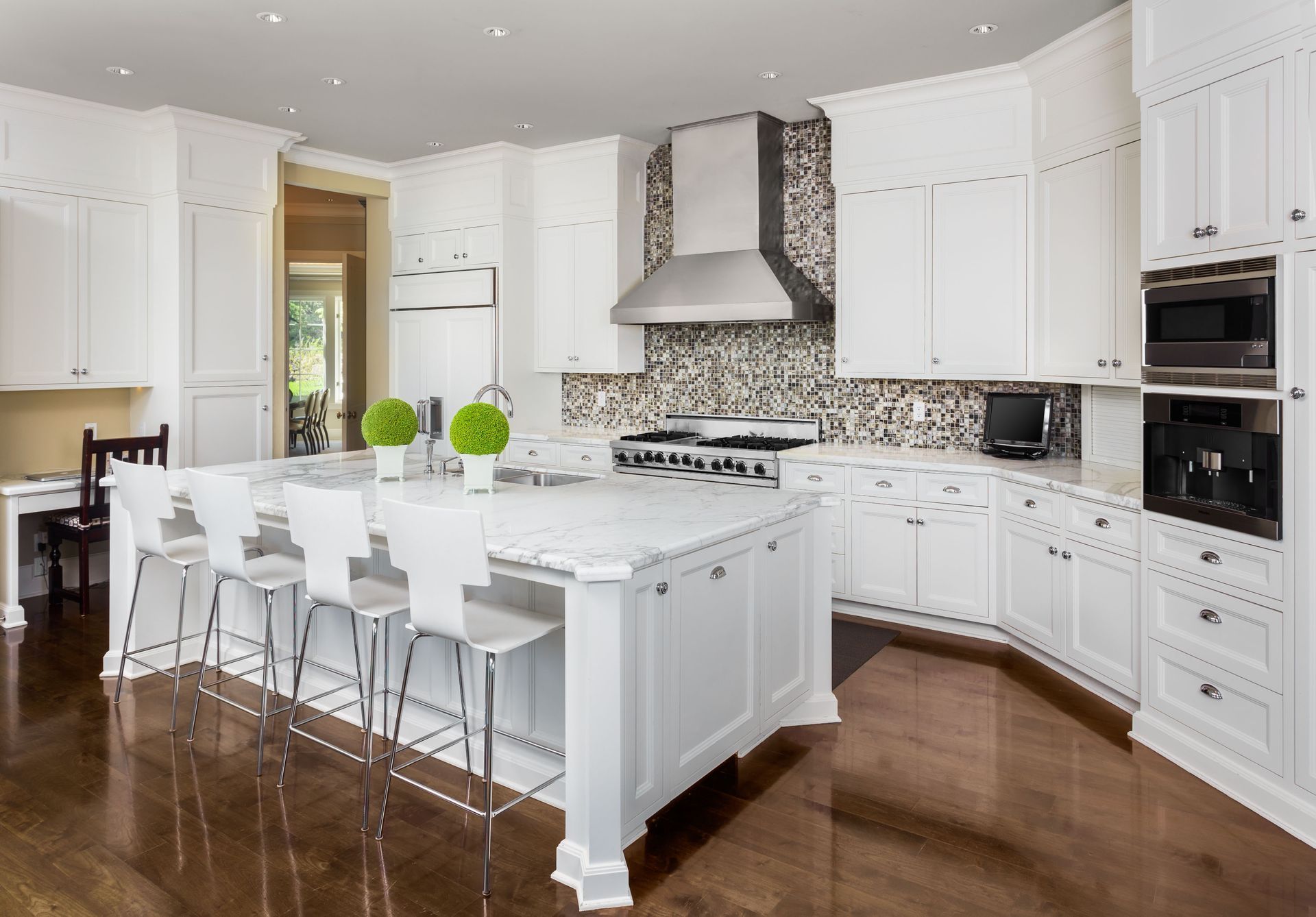
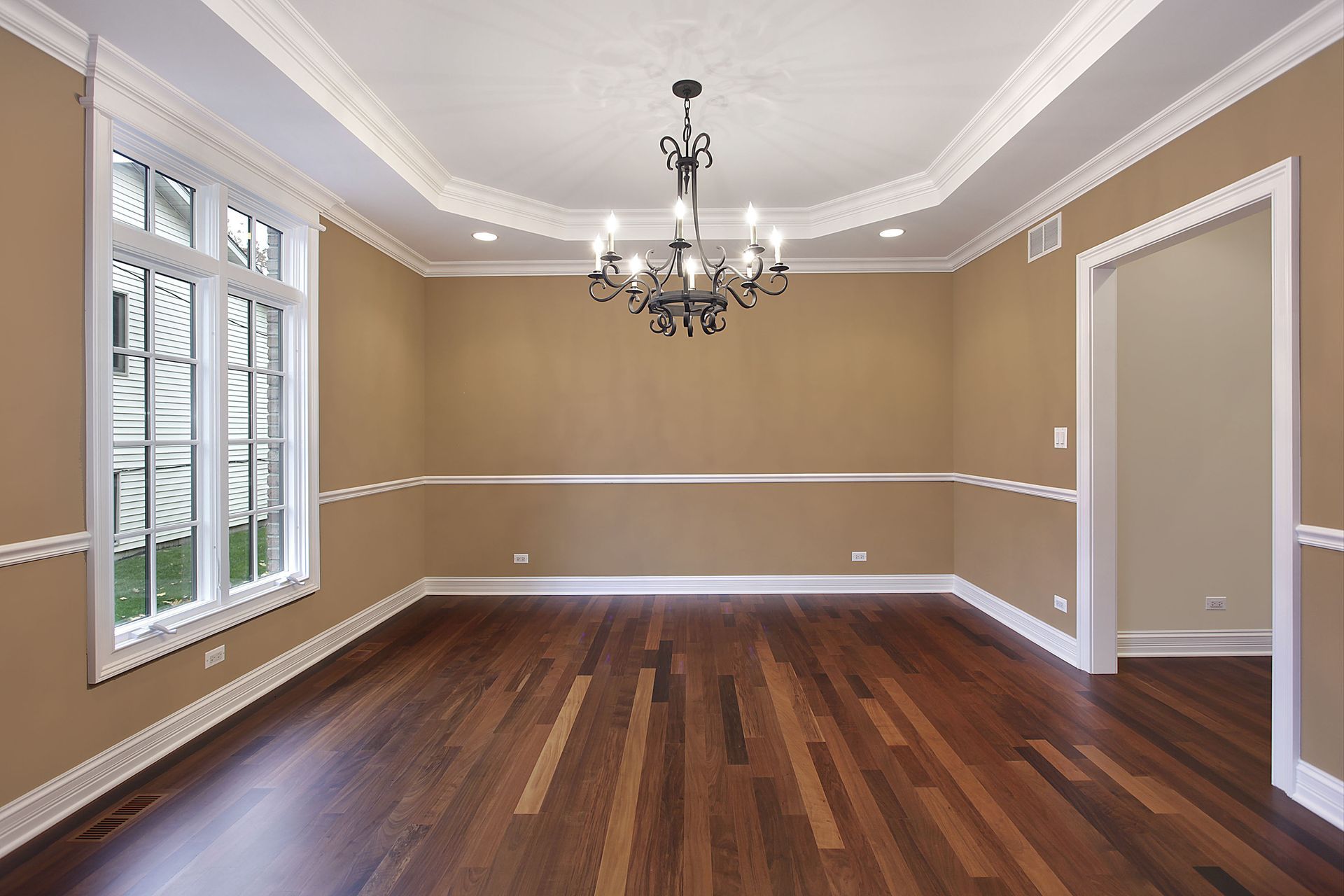
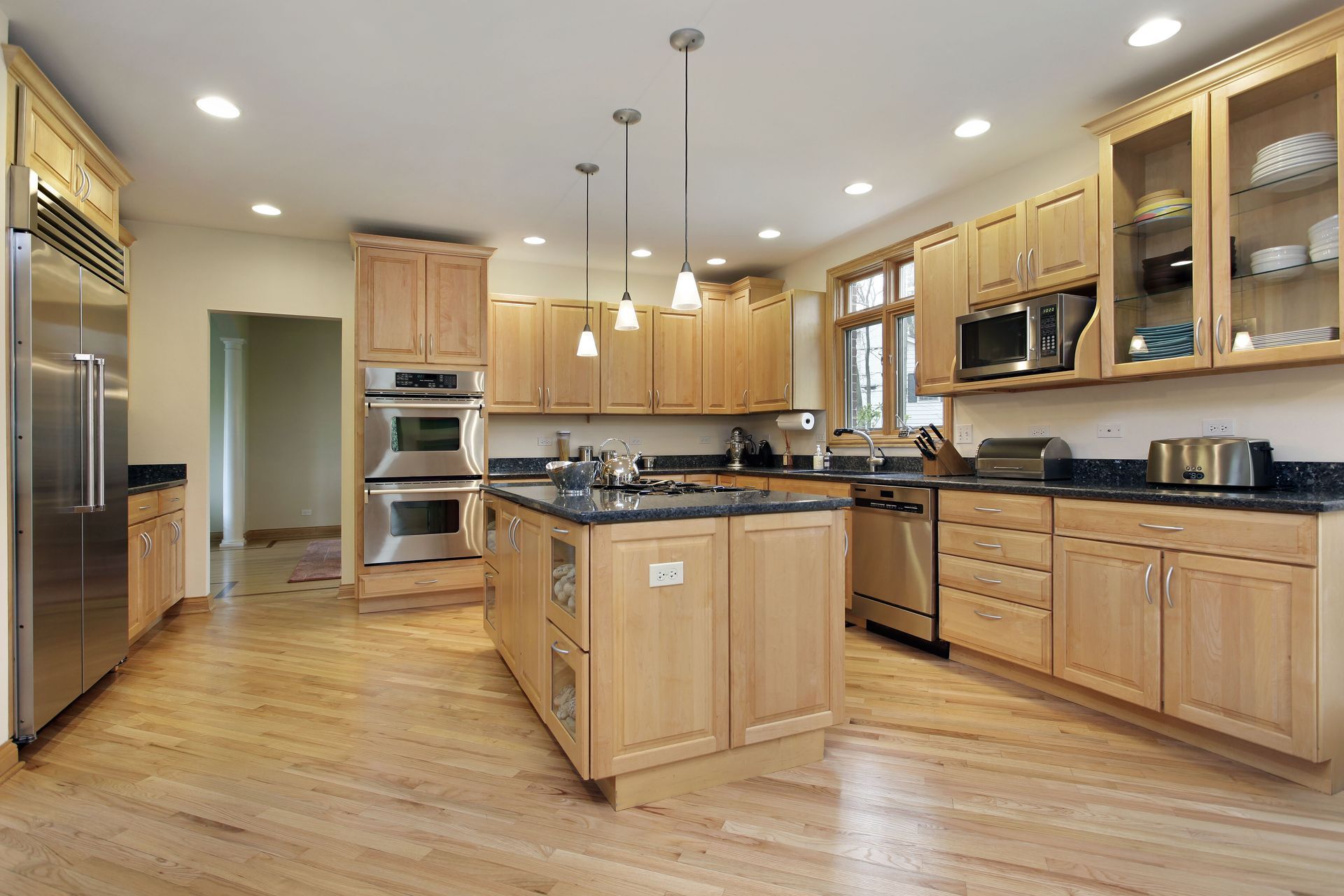
Share On: